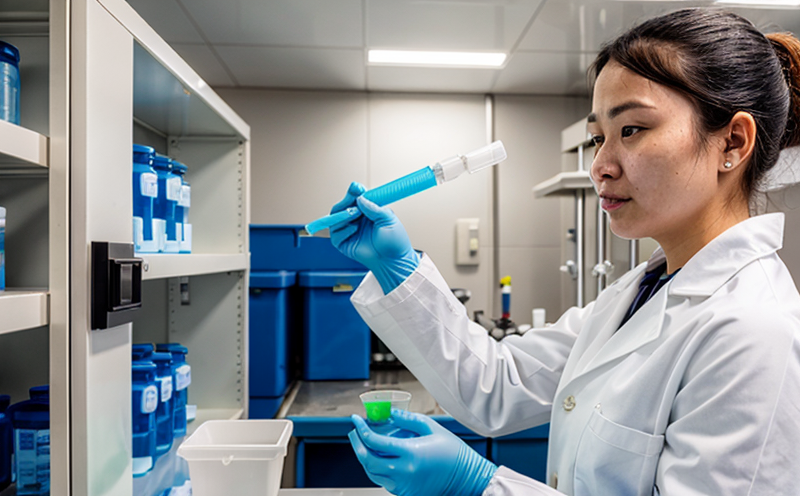USP Environmental Monitoring Testing Validation Method Development Test
The USP Environmental Monitoring (EM) test is a critical component of quality assurance in pharmaceutical manufacturing. This method ensures that environmental factors do not compromise product quality by monitoring cleanroom conditions for contamination.
In the pharmaceutical sector, ensuring that production environments meet stringent cleanliness and sterility standards is paramount. The USP EM test helps companies comply with regulatory requirements set forth by the United States Pharmacopeia (USP) and other international guidelines such as ISO 14644-1. This service involves validating the sampling strategy, media preparation, analytical methods, and data analysis to ensure that any contamination in the environment can be detected.
The testing process typically includes several steps: selecting appropriate isolation media, developing a sampling strategy, setting up monitoring equipment, collecting samples at defined intervals, analyzing results using validated methods, and interpreting those results. Compliance with USP requirements ensures consistent product quality which is essential for maintaining brand reputation and regulatory compliance.
For R&D engineers involved in new product development or process optimization, understanding the nuances of environmental monitoring helps them design more robust processes that minimize contamination risks early on. Similarly, quality managers overseeing production facilities rely heavily on accurate EM testing results to make informed decisions about facility maintenance and operational adjustments.
The scope of this service includes not only laboratory analysis but also support services such as method development and validation. Our experts work closely with clients throughout the entire process—from initial consultation through final report generation—to ensure that every aspect aligns perfectly with USP guidelines.
- Why is USP EM testing important?
- The test helps identify potential sources of contamination before they affect product quality. It provides valuable insights into environmental conditions within manufacturing spaces, enabling proactive measures to maintain cleanroom integrity.
Applied Standards
The USP Environmental Monitoring Testing Validation Method Development Test adheres strictly to the standards outlined by the United States Pharmacopeia. Compliance with these guidelines ensures that all aspects of the testing procedure—from sample collection and preparation through analysis—are conducted in accordance with best practices.
Quality and Reliability Assurance
The reliability of our testing services is underpinned by rigorous quality assurance practices. Our team employs advanced analytical techniques and state-of-the-art instrumentation to ensure precision and accuracy in all measurements.
- What instruments are used?
- We utilize high-resolution particle counters, air samplers, and microbial detection systems that meet or exceed the requirements specified by USP guidelines. These tools allow us to capture detailed data on particulate matter, viable microorganisms, and other contaminants present in the environment.
Competitive Advantage and Market Impact
Implementing robust environmental monitoring programs can provide significant competitive advantages. By proactively addressing contamination issues early, companies can avoid costly recalls and product rejections while enhancing overall market reputation.
- How does this impact the bottom line?
- By reducing the risk of product defects due to environmental factors, businesses can expect lower waste rates and increased customer satisfaction. Furthermore, adherence to stringent quality standards can open doors to new markets and partnerships.





